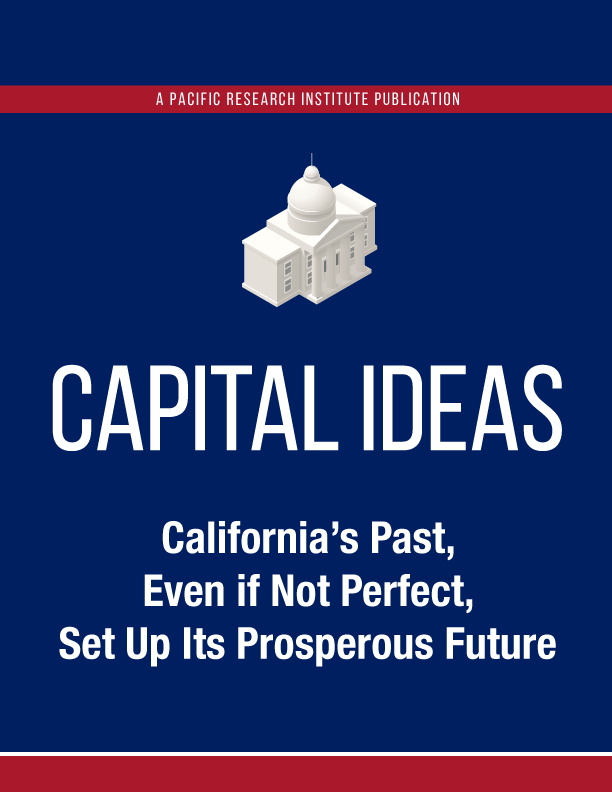Even before it was a state, California was the New World’s new world. Everything that the Western Hemisphere promised was condensed and amplified in what became the 31st state. Not only was it arguably the greatest land of opportunity in human history, but rather than having exhausted itself as many other centers of prosperity had, it has continued to renew its fortunes over and over, turning away only in recent years from the path that produced unprecedented abundance.
At the roughly the same time, the milestones of California history, its mission era, the gold rush, even the explosion of Silicon Valley, have been attacked as sources of injustice, environmental degradation, and inequity. Yet all were important pieces of what California, and America, is today. Whatever their faults, the periods of human progress they kicked off have far outweighed any damage they left behind.
The Spanish first sailed up the American West Coast in the mid-16th century, claiming California as a territory. It wasn’t until the late 18th century, though, that Spain began to establish its missionary presence. The purpose was of course to convert the native population to Catholicism. As it turned out, however, there was a secondary effect. The mission era, lasting from 1769 until roughly 1833, produced an economic boom.
The missions were typically established by a pair of priests, a few soldiers, and natives from Baja California, Dr. Lynne Doti, professor emerita of economics, explained in a 2019 Chapman University economics paper. The pioneers had limited resources for starting an economy, only “themselves, a few animals and a nearby source of water.” But with the help of locals who joined the community and performed “the work necessary to create a strong economy,” the missions became “almost entirely self-sufficient, and offered reliable supplies of food, clothing and housing to the inhabitants” after “only a few years.” While many missions were often located in a largely barren land, they nevertheless produced “thousands of livestock, vast fields of grain, olive and citrus orchards, vineyards, and many other food crops.”


